Hooking Arrangements

Cyclic fads and the constantly changing fashions in carp rigs sometimes undermine us angler’s perception of some amazingly affective ‘tried and tested’ hooking arrangements. I guess that it’s just the way we’re programmed making it absolutely natural for us super keen carpers to assume that new rigs somehow supersede the old. In practice this means that some fantastic golden oldies are seemingly forgotten, even though the mechanics are thoroughly proven and not necessarily duplicated or improved in the star spangled super fandango new arrangements!
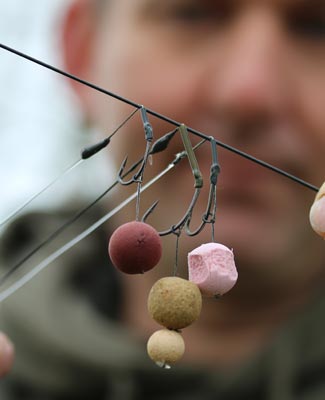
Some different hooking arrangements…
A typical example of this is the use of hook extensions and aligners to create more aggressive, faster reacting and more targeted hook holds that can be coupled with a range of hookbaits and hair/bait mounting options.
The metaphorical waters are probably slightly muddied in terms of understanding as the huge variety of components and materials available now enable similar mechanisms to be made, but to my mind none of them truly duplicate the benefits of the long kicker and shank extensions when constructed correctly – but to do so I guess you need a modicum of understanding of the key facets that need to be considered.
The basic mechanics (physics) behind the concept and application is both beautifully simple and bullet proof that they’re effectiveness is beyond doubt – but how many anglers do you actually see using long extensions?
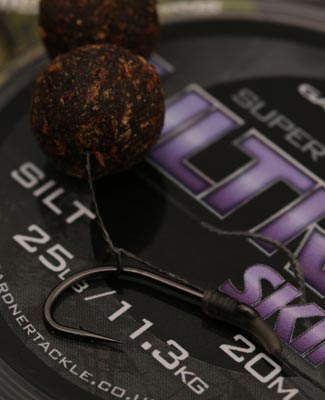
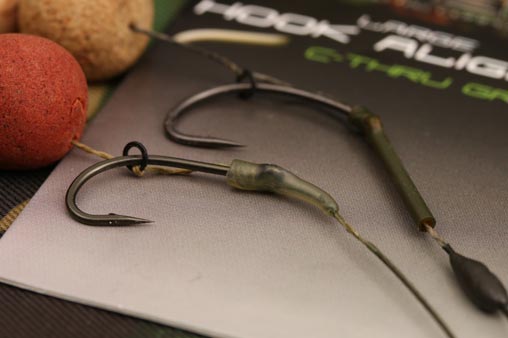
Extended Shanks
The Basic Principles:
In the simplest terms, just adding a length of shrink tubing to extend the shank moves the fulcrum (point of turning) further away from the point. You can think of this in terms of pushing the weight of the hook further forward – but the actual mechanics are a little more complex than that – and more importantly can be tweaked and adjusted to offer an incredible improvement in terms of hook holds over the standard (yet effective) knotless knot arrangement.
If you add in either a small kick (by forming an angle in the shrink as its cools), or better still use a needle to thread the hooklink through the tubing then you create a more precise fixed exit point that can be perfectly aligned to the hook point and this WILL ensure that the final rig works even better. Even though this is a tiny detail the alignment of the hook point to the exit point of the hooklink seems to make a tremendous difference.
Another key benefit is that the elongated shank also reduces the critical ‘angle of attack’ improving the initial phase of pricking and penetration by improving the alignment point to the direction the hook point wants to penetrate. In other words the point can go in straighter which means it requires less force to take a good hold and bed down to the bend.
There’s also the fact that kickers are effectively enlarging the hook, and this may be particularly useful if you’re targeting REALLY big carp here in the UK or on mainland Europe. There’s absolutely no doubt that increasing the scale of the hook helps create a more effective hooking mechanism when targeting monster carp – but this helps you create the same affect without adding the weight of all that extra high carbon steel you would have with a much bigger hook.
We’re all well versed in the fact that small tweaks and tuning essential details on a technically complex rig are vitally important – so it’s far too easy to overlook similar facets on seemingly less complex hooking arrangements. Do not be lulled into false ‘that will do’ attitude – as the better you tie any rig the better it will work…
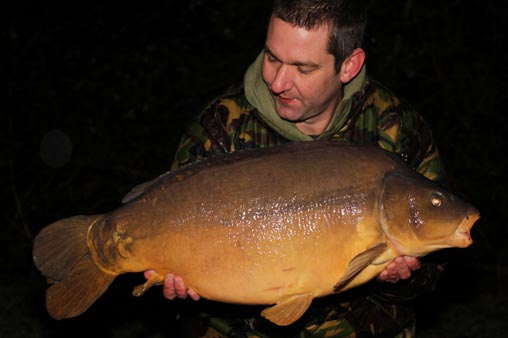
Choices, Choices:
So, let’s get down to some nitty-gritty! How do you decide the length and style of kicker? What factors dictate how you incorporate one into your tried and tested rigs?
Well, the main factors are definitely the hook shape/pattern and the hooklink material. I’ve seen the kickers work amazingly with relatively high breaking strain monofilaments, but the greatest benefit has always been with braided hooklinks as the pivot point is allowed greater freedom and the hook is free to twist and turn. I’d recommend starting with that and experimenting with monofilaments once you have a feel for what’s right…
What’s right? Essentially you want to create a hooking mechanism that reacts quickly and consistently takes hold whether you’re using the good old finger flip test or the drag across the palm method. It’s this consistency that is radically improved by adjusting and tuning the rig.
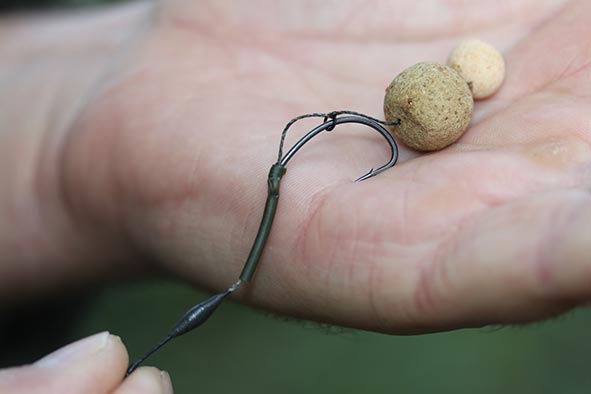
The palm test…
Short Kicker Winners:
Hook shapes vary in so many ways – but the key features that relate to kickers are the angle of the eye and the general shape. Most hooks can be used in conjunction with extensions and kickers except maybe those with out-turned eyes.
Hooks with in-turned eyes like the Mugga and Wide Gape Talon Tip are probably better combined with shorter extensions of up to 2cm as otherwise you may run the risk of closing off the gape if you go to radical. Having said that there’s always room for experimentation – tie some up and test a few out and see what you think works best! There’ll always be variation of how rigs work with different combinations of hooklink materials and even hook sizes so sometimes you need to invest a bit of time into playing with your favourites to get the end result that you’re entirely happy with.
Going Longer:
Straight eyed hook patterns, like the awesome Covert Dark Incizor pattern, can naturally take a longer kicker and are ideal for getting a bit more creative – adding an angle into a shrink tube extender to help create a positive directional flip that puts the hook point precisely and consistently down onto the bottom lip and creating stronger hook holds.
There’s another option of course – and that’s readymade kickers like the Covert Hook Aligners. These are realistically a fantastic option as they tend to be designed to work with most hooks as the angle of the kicker has been specified as a versatile angle that works with most hooks and importantly, they don’t need steaming and therefore mean you don’t need to cart a kettle and cooker. Obviously this makes them perfect for angler that are either terribly disorganised (like me, as I rarely seem to have spare rigs tied!) or just for the guys that want the improved rig performance to hand in a convenient form. Lovely!

43lb 12oz Mirror from Up and Over
Bait Selection:
I’ve seen extensions used successfully with pop ups- but realistically only personally apply them to bottom and balanced bottom bait rigs myself; the rationale being simply that I can easily create the same affect with a pop up by using different hooklink materials, like our super stiff Trip Wire, but in a far less conspicuous manner. However with bottom baits the tubing is already less obvious sitting flush to the lake bed and once set is less likely to be affected by the fishes rolling or feeding over freebies and once again we achieve a higher degree of consistency in our final angling situation.
Beyond the main points of the rigs construction, kicker shape, alignment, the materials you use to make your rigs. The final step is to ensure that the hook is super sharp and that the rig goes out untangled and primed with a hookbait you know they want.
Essentially, treat this rig tweak as another hugely effective option that is worth having in the armoury. Inevitably, one day you’ll find a situation when rolling out this small rig adjustment will make a huge difference to your catches and turn more pickups into carp on the bank…




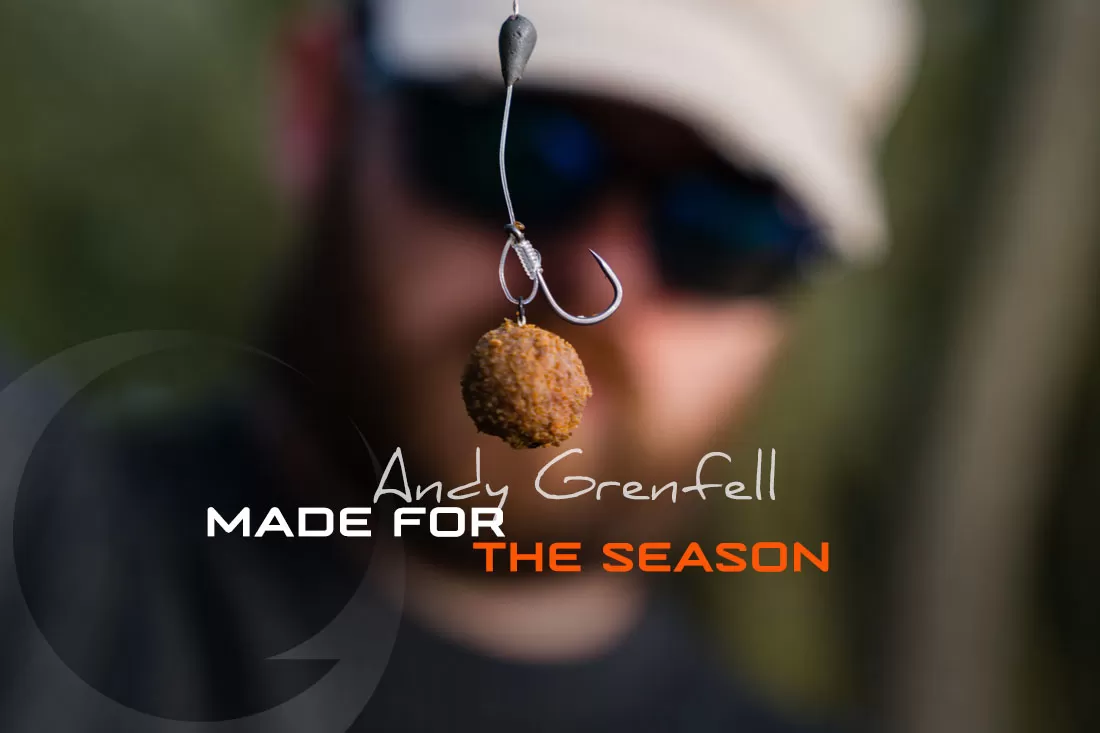
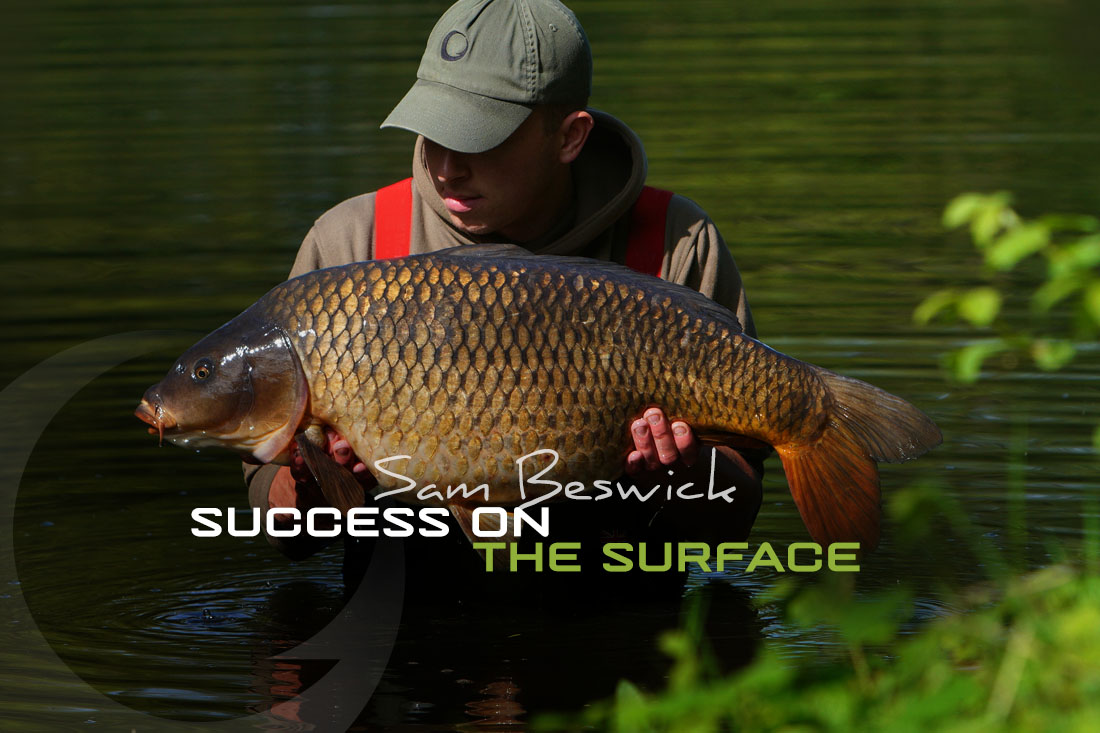


Nice post, I haven’t really read this kind of stuff before but it is really useful.
Thanks